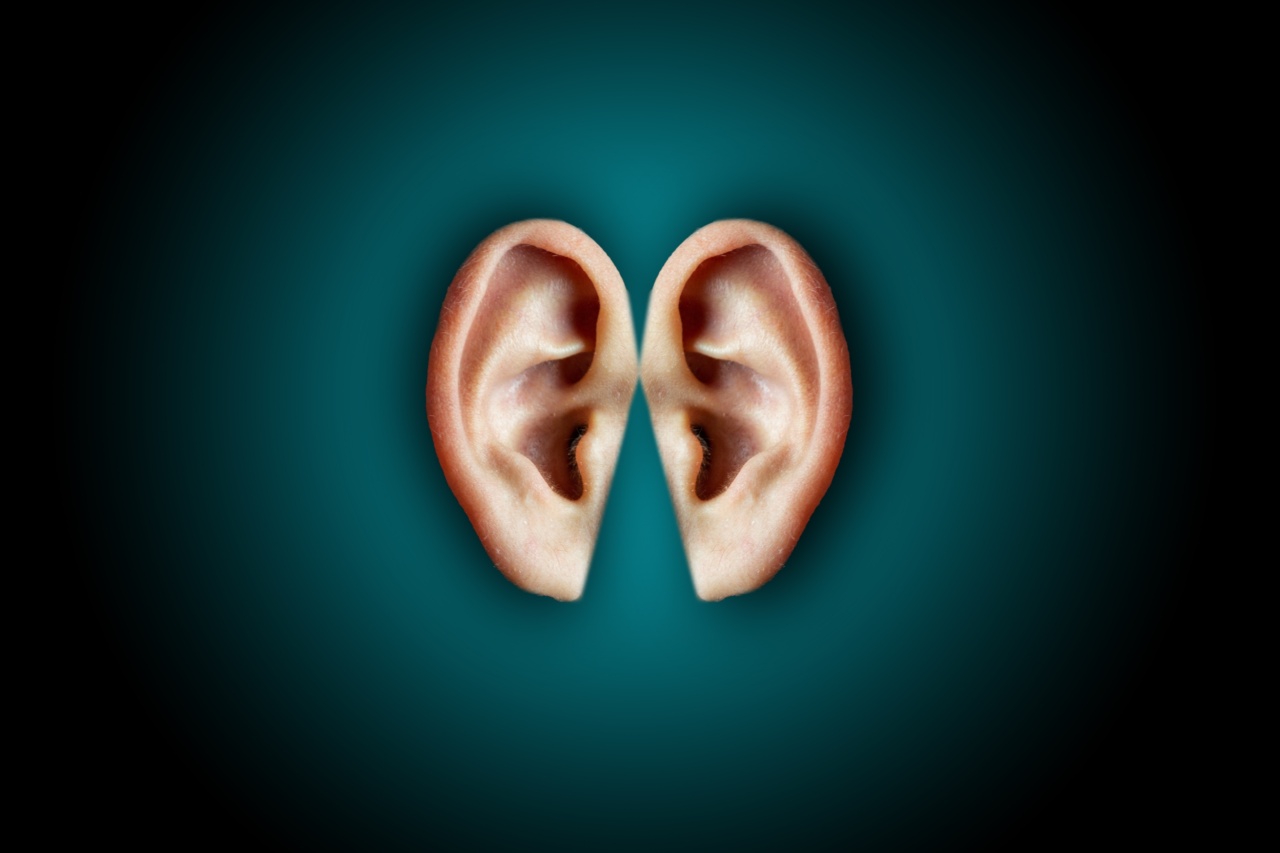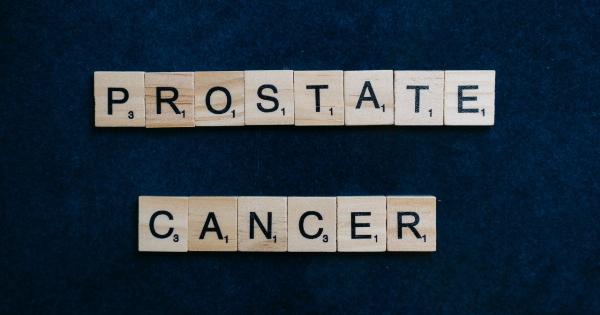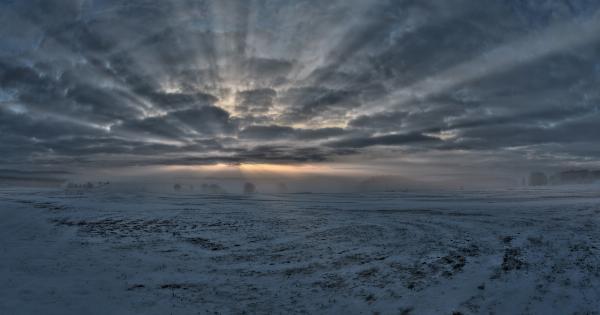The human skin is the body’s largest organ, accounting for approximately 16 percent of our body weight. It serves as a protective barrier against external elements, regulates body temperature, and plays a crucial role in sensory perception.
However, when the skin is subjected to burns, its structure and functions can be significantly altered, leading to a range of detrimental effects on the body.
Understanding Burns
Burns are injuries caused by exposure to various thermal, chemical, electrical, or radiation sources. They are classified into different degrees based on the severity and depth of tissue damage:.
- First-degree burns: These are superficial burns that affect only the outermost layer of the skin, known as the epidermis. They usually result in mild pain, redness, and swelling.
- Second-degree burns: Also known as partial-thickness burns, these affect both the epidermis and the underlying layer of the skin, called the dermis. They cause pain, redness, blisters, and swelling.
- Third-degree burns: These are full-thickness burns that extend through the entire thickness of the skin. They can also damage the underlying fat, muscles, and even bones. Third-degree burns often result in white or blackened skin, insensitivity to pain, and a charred appearance.
The Immediate Aftermath of a Burn
When the skin is burned, regardless of the degree, a series of immediate physiological responses are triggered. These responses are initiated to prevent further damage and promote healing:.
1. Inflammation and Increased Blood Flow
Immediately after a burn occurs, the body responds by initiating an inflammatory response. Blood vessels near the site of injury dilate, causing increased blood flow to the affected area.
This influx of blood brings essential nutrients, oxygen, and immune cells necessary for tissue repair and fighting off potential infections.
2. Pain and Sensitivity
Burns often cause pain, which can vary in intensity depending on the degree of the burn. Nerve endings in the skin are damaged, resulting in heightened sensitivity and discomfort. The severity of pain experienced can range from mild to excruciating.
3. Fluid Leakage and Swelling
Burn injury disrupts the integrity of blood vessels and capillaries, leading to fluid leakage into the surrounding tissues. This leakage results in edema, or swelling, which can be exacerbated by inflammation.
Swelling can impede blood flow, exacerbate pain, and limit movement of affected body parts.
Effects on the Skin Barrier Function
One of the primary functions of the skin is to act as a barrier against harmful agents present in the environment. When the skin is burned, this protective barrier is compromised, leading to several detrimental effects:.
1. Increased Risk of Infection
The skin acts as the first line of defense against pathogens. However, a burn injury disrupts the skin’s immune system and reduces its ability to fight off invaders efficiently.
Open wounds and damaged skin provide an entry point for bacteria, viruses, and fungi, increasing the risk of infections. Infections in burn wounds can lead to further tissue damage, delayed healing, and potentially life-threatening complications.
2. Loss of Fluid and Electrolytes
Burns cause significant fluid loss, as damaged blood vessels leak plasma into surrounding tissues. This fluid loss can lead to dehydration and electrolyte imbalances, potentially affecting the functioning of vital organs in the body.
Maintaining proper hydration and electrolyte balance is critical for overall health and recovery from burns.
Long-Term Effects of Burn Injuries
Beyond the immediate aftermath, burns can have long-lasting effects on the body, both physical and psychological:.
1. Scarring and Disfigurement
Burn injuries often result in scarring, which can range from minor to severe. Third-degree burns, in particular, lead to extensive scarring as they damage the deep layers of the skin.
Scarring can cause physical disfigurement, restricted mobility, and psychological distress, affecting the individual’s self-esteem and quality of life.
2. Contractures and Limitations in Range of Motion
Severe burns that extend deep into the skin can result in the formation of contractures. A contracture refers to the tightening and shortening of the skin, muscles, tendons, or joint capsules, leading to a reduction in the range of motion.
Contractures can cause functional limitations and require ongoing medical intervention, such as physical therapy or surgical procedures.
3. Psychological and Emotional Impact
Burn injuries can have a profound psychological impact on individuals. Survivors may experience post-traumatic stress disorder (PTSD), depression, anxiety, and body image disturbances.
The emotional toll of healing from burn injuries should not be overlooked, and comprehensive support, including counseling and therapy, may be necessary for mental well-being.
Conclusion
When the body’s largest organ, the skin, is burned, it undergoes significant changes that impact its structure and function. The immediate aftermath of burns involves inflammation, increased blood flow, pain, and swelling.
Long-term effects can include scarring, disfigurement, contractures, and psychological trauma. Understanding the impact burns have on the body can help healthcare professionals develop effective treatment strategies for burn survivors and improve their overall quality of life.



























